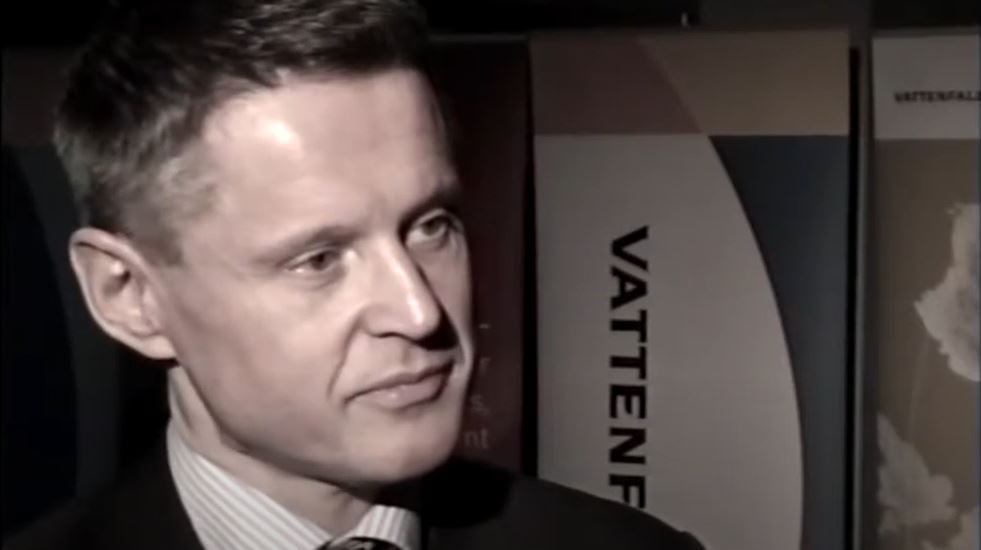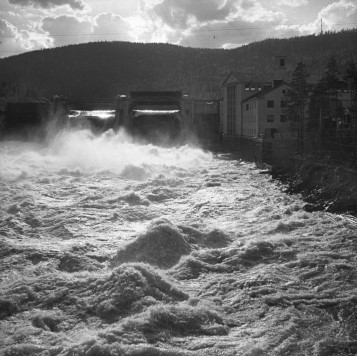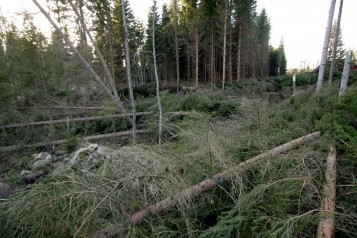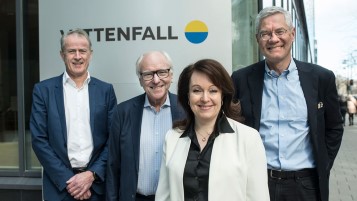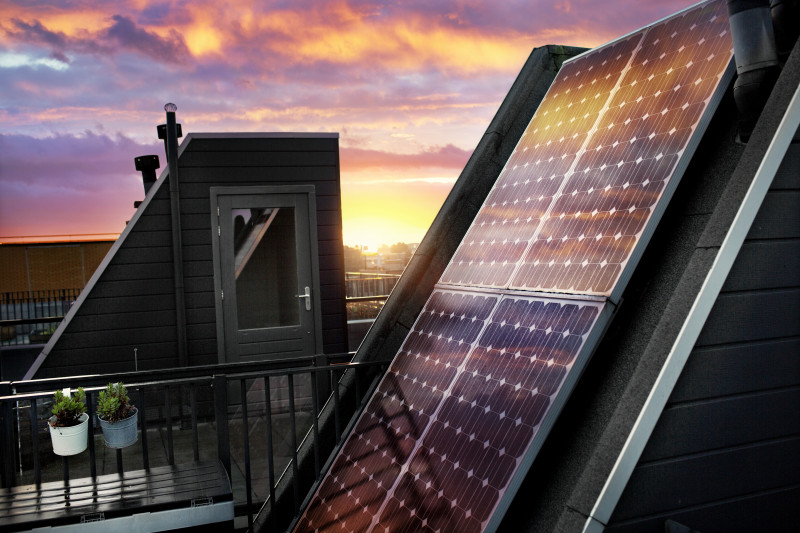
Sales of electricity to the private market in Sweden
Generation and sales of electricity are two different areas of business for Vattenfall in Sweden. In very simple terms, it entails selling the electricity generated to the Nordpool electricity exchange, while the electricity sales business area purchases electricity from Nordpool and sells to customers. Profitability for electricity sales then depends on the difference between what the customer pays and what the electricity costs on the exchange.
Electricity generation has always been profitable while the sales operation has had problems with profitability. Different routes to improve results have been to develop new products and services to meet customers' requirements and to use a range of pricing strategies to increase the number of customers over which the fixed costs can be distributed. However, the winning strategy was to move from competing on price to offering best value for each customer, i.e. in principle raising the margins and focusing on quality.

Sale to the private market Year: 2011 | ID: VF300001
Deregulation 1996 – uncertainty about what is going to happen
When the electricity market in Sweden was deregulated in 1996, the price level was initially kept up by poor hydro power supplies. However, at the end of the decade, the prices fell sharply and the question was how Vattenfall would make money. Perhaps it wasn't sufficient to have a cheap bulk commodity that was the same regardless of who it was purchased from? In other words, it was about finding new sources of income that differentiated Vattenfall's deliveries from those of its competitors. Energy and environment-related services and products were to be developed. Similarities with other industries were investigated. A mantra that was repeated was that 'Shell doesn't earn money from selling petrol, it is the high margin on bars of chocolate that provides profitability'. Large investments were made, read more in the article The smart home.
However, the development of new energy and environment-related services and products did not lead to any commercial success and the New Business unit was wound up in 2001. Instead the strategy now became to try to increase the mobility in the market with price as a tool. Vattenfall should use low electricity prices to attract more customers, over which the fixed costs for IT-systems, personnel, etc. could be distributed. At the same time, administrative costs would be reduced. However, that strategy was never successful. Sales of electricity to Swedish private customers were unprofitable from deregulation in 1996 and for the next 15 years.
Diversification into telephony
In the late 1990s, Vattenfall saw opportunities to diversify into the telecommunications sector and hopefully find synergies with electricity sales. The focus was initially on fixed telephony. By 2000 there were 50,000 customers, expanding to 100,000 by the end of 2001. Traffic in fixed telephony continued to increase during 2002, and the favourable experiences led to an investment in mobile telephony too. However, as Vattenfall had no technical systems of its own to get the telephony facility to work, the margins were wafer-thin and the telephony operations were wound up in the middle of the first decade of the 21st century.
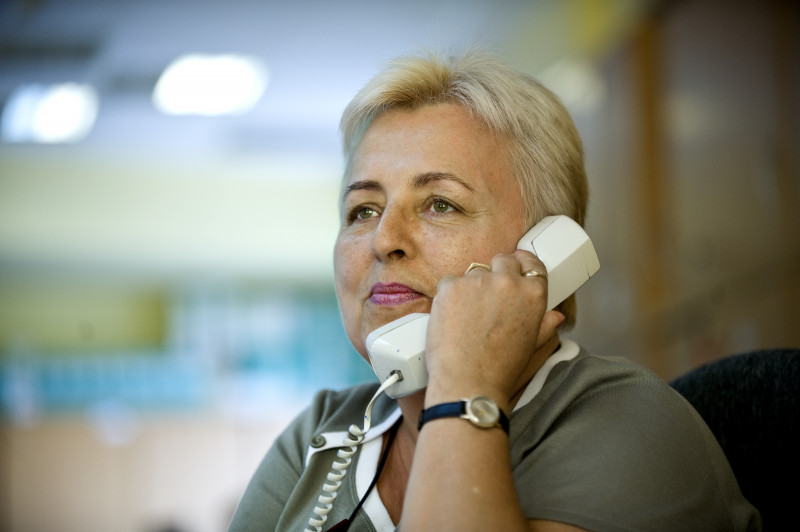
In the late 1990's, Vattenfall expanded into fixed telephony. Year: 2009 | Place: - | Creator: Bosse Johansson | ID: VF300002
Different attempts to succeed with the low price strategy
The focus was thus to gain more customers through maintaining low prices and cutting costs. Among other things, electricity was sold to customers with KF's 'Med Mera' customer card. A specific company, Abonnera AB, was set up in 1998 to test selling electricity and telephony online. Vattenfall realised that online sales and customer contacts were going to be a part of all electricity companies' operations. This proved to be correct and when sales under its own brand were prioritised, Abonnera was would up in 2002. The company then had 65,000 electricity and telephony customers. The latter were sold to the company AllTele.
Increasing the customers' loyalty was important and various initiatives were implemented, for example, in 2003 through removing advance invoicing and introducing 'Convenient electricity price', a fixed monthly price for apartment customers. The Fixed-Price Contract that was launched in 2006 enabled customers to choose a fixed price for three years in order to avoid price increases, but simultaneously entitled them to resubscribe if the electricity price was reduced. While it proved very popular with old and new customers and increased the market share from 13 to 15 per cent, it did not decisively improve profitability.
In 2007, Vattenfall contemplated whether it was necessary to abandon the strategy to gain new customers through low electricity prices as thus far the company had not succeeded in deriving any benefit from economies of scale. However, the change in strategy was to take a few years.
Improving energy efficiency – an important service for customers
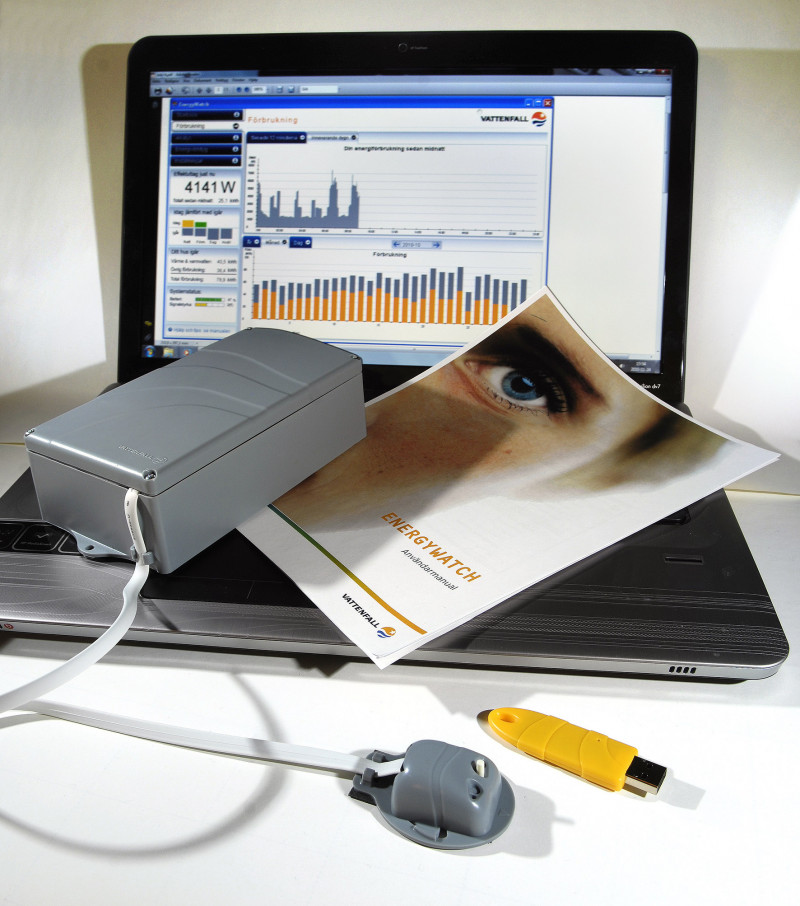
Energy Watch helps the user understand what in their home uses the most electricity. They can view and analyze their electricity comsumption live from any computer or mobile phone via Vattenfall's app. Year: 2011 | Place: - | Creator: Vattenfall | ID: VF300003
Helping customers to improve their energy efficiency has long been an important part of Vattenfall's promotional offers. To encourage energy saving, the volume discount which previously provided a lower price per kWh for large consumers was discontinued in 2005. A campaign was conducted in 2007 where 850,000 household customers in Sweden and Finland received a free energy-efficient light. In the same year, Vattenfall also did away with all fixed charges in all contracts for private customers.
After a comprehensive study, a specific unit was set up in 2007 to focus solely on helping customers to make their electricity consumption more efficient, for both environmental and economic reasons. A range of aids for this were launched on Vattenfall's website in the form of the Energy Guide and the Lighting Guide. Energy Watch, a technological aid to identify electricity consumers in the home, was developed and sold to customers. All of these activities were valued by customers and received attention in various ways. These included the well-known Vattenfall personality Lars Ejeklint assuming the role of energy expert in TV4's programme 'Många bäckar små [From Little Acorns]', which was broadcast from 2008 to 2010.
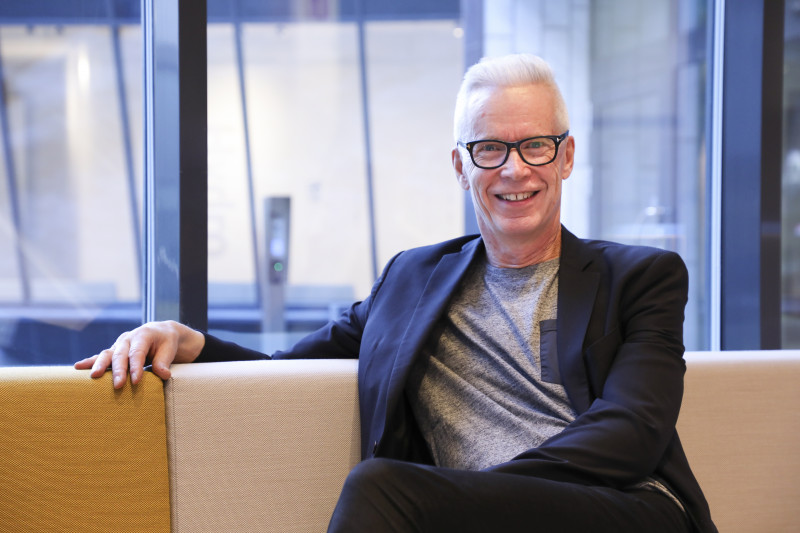
Energy expert Lars Ejeklint. Year: 2017 | Place: - | Creator: Elisabeth Redlig | ID: VF300004
Time for a completely new, and successful, pricing strategy
During the end of the 21st century's first decade, Vattenfall's economic situation increasingly deteriorated, and by 2011 the company had had enough of unprofitable sales of electricity to private customers. The previous strategy of having low prices to gain new customers was replaced with a completely new pricing strategy. It entailed offering best value for each customer in the form of contract, service, add-on services, etc. Despite the price increase resulting from the new strategy, the majority of customers chose to renew their contracts when they expired. Customer satisfaction even increased during 2012. At the same time administrative costs were successfully reduced. This 'turnaround' was successful and figures went from being in the red to black.
Back to square one, but at a higher level
However, challenges remain. Smart new sustainable energy solutions must be developed and offered to customers who, to an increasing extent, are expected to be 'prosumers', i.e. both have their own electricity generation – for example, with the solar cells that Vattenfall has been offering since 2012 – and consume electricity purchased via the electricity grid.
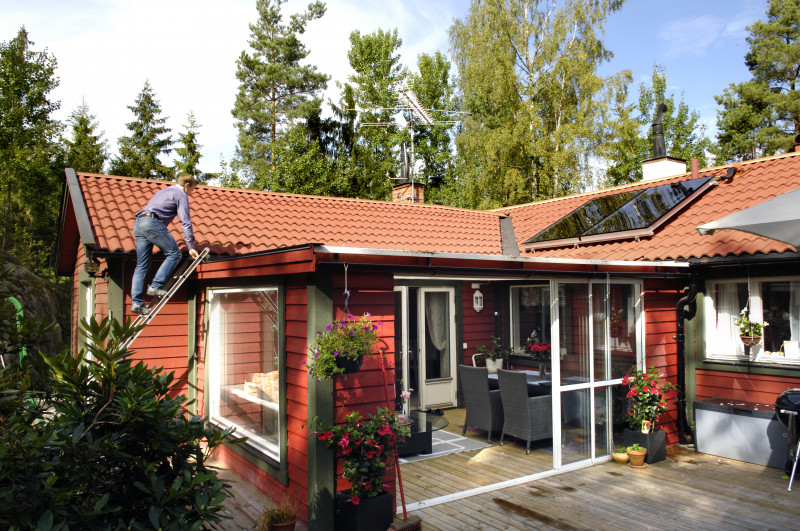
Solar panels on the roof of a home. Year: 2012 | Place: - | Creator: Bosse Johansson | ID: VF300006
In this context, new competitors in the form of IT and alarm companies can appear and offer services such as guaranteed indoor temperature or energy efficiency improvements. In one way this puts Vattenfall back in the same future scenario as in the late 1990s, but with a few important differences. Selling electricity is now profitable, the technology has developed, interesting new areas have been added such as charging services for electric cars, and Vattenfall has experience from the past decades to lean on when it comes to succeeding in the new energy landscape.

Sunset view from a solar panel roof. Year: 2013 | Place: - | Creator: Andreas Lind | ID: VF300005
Video player requires marketing cookies.
To view this content please click here to allow marketing cookies.
2002: Clearer invoices to the customers

